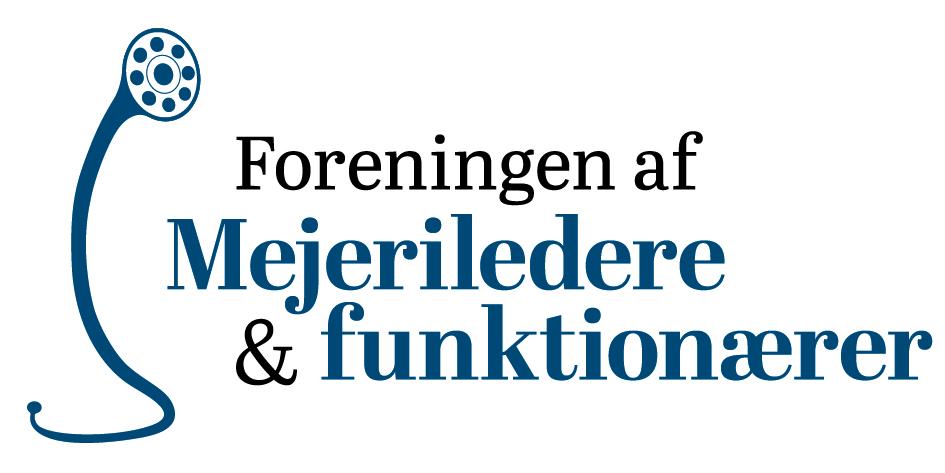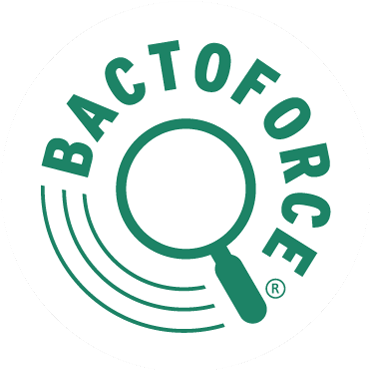
Category:
Time:
Milk fat has long been recognised to have cholesterol-raising effects (due to its high content of saturated fat) and official nutritional recommendations have therefore advised to avoid milk fat in favour of vegetable alternatives with less saturated fat. However, recent research has provided a more nuanced understanding of the health effects of milk fat, showing that all sources of milk fat do not have the same effect on blood cholesterol levels, despite being matched for saturated fat content. The explanation may, at least partly, be due to differential content of milk fat globule membrane (MFGM, rich in polar lipids (PL)) enclosing the milk fat in different dairy products. In an 8-week randomized trial in overweight men and women (n=46), consumption of 40 g of milk fat daily from whipping cream (high in MFGM/PL) did not elevate blood cholesterol levels whereas consumption of 40 g of milk fat from butter oil (devoid of MFGM/PL) did. Furthermore, in a 4-week randomised trial in overweight women (n=58), consumption of cream cheese enriched with milk, PL dose-dependently, reduced blood cholesterol levels compared with consumption of cream cheese devoid of milk PL. The accumulating evidence on the added value provided by MFGM/PL highlights the importance of the food matrix and suggest that the health effects of high-fat dairy products should not be based on the saturated fat content alone. The promising results on the health effects of MFGM/PL could be better exploited by the dairy industry and there are several potential ways this could be done, e.g. 1) adjustment of manufacturing processes to preserve both content and structure of MFGM/PL, 2) addition of extra MFGM/PL to various dairy products thus potentially creating a new line of ‘functional foods’, 3) in marketing and communication and 4) collaboration with academia to conduct further high-quality studies in humans.














































 Munkehatten 28
Munkehatten 28